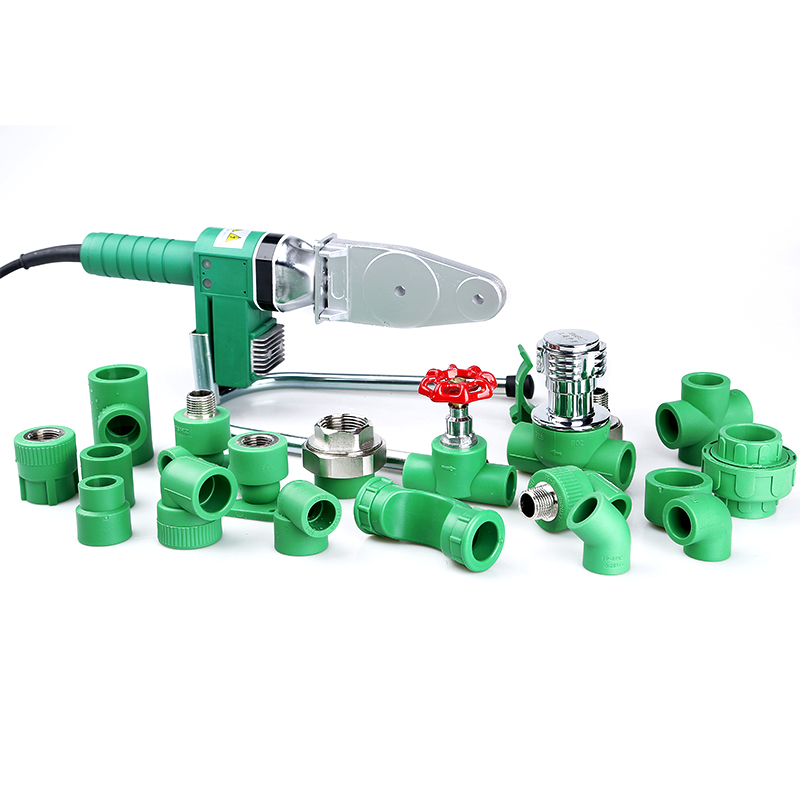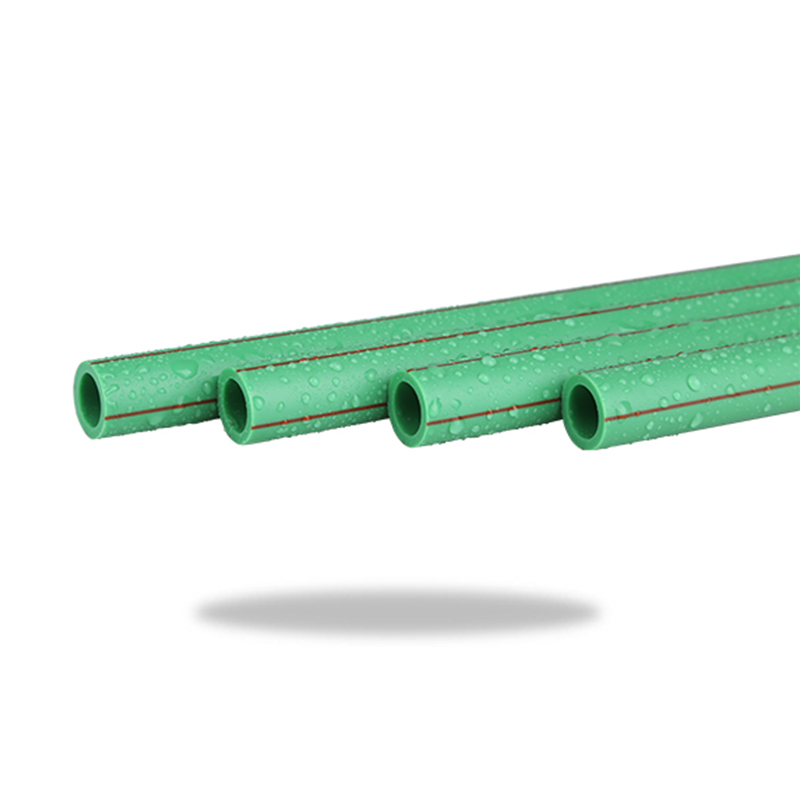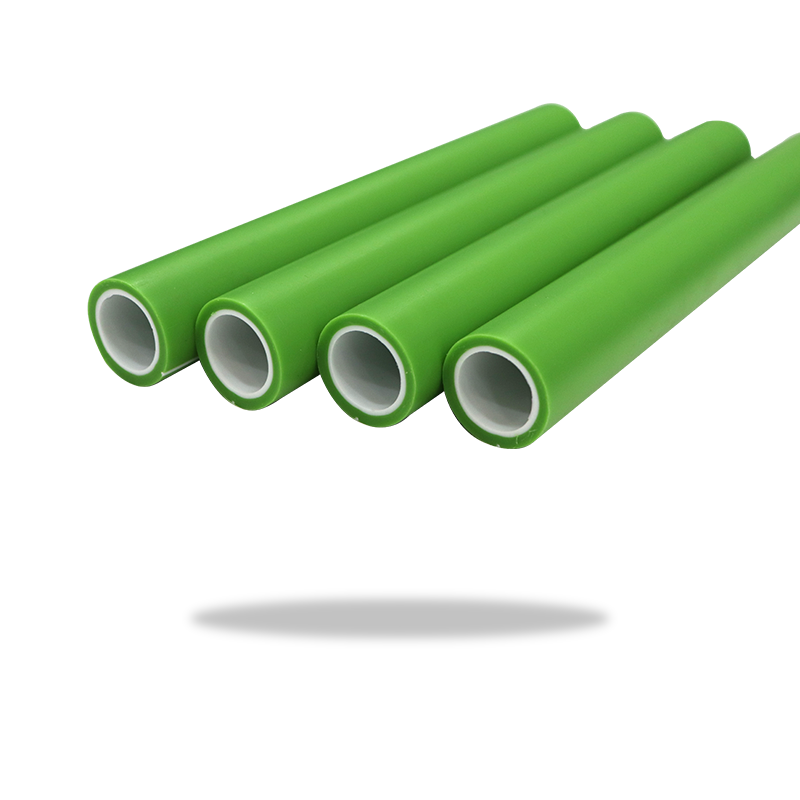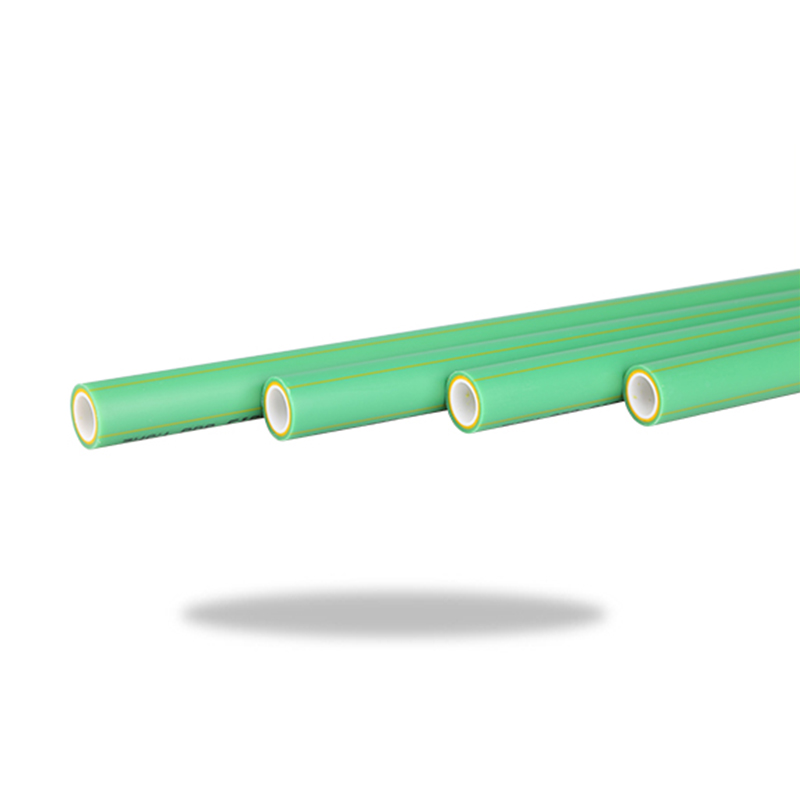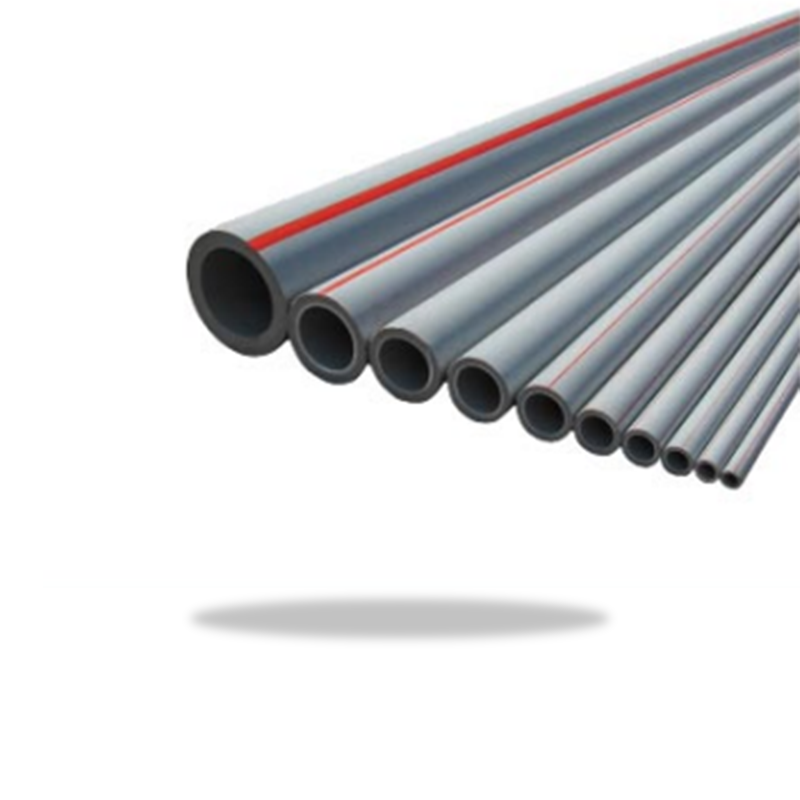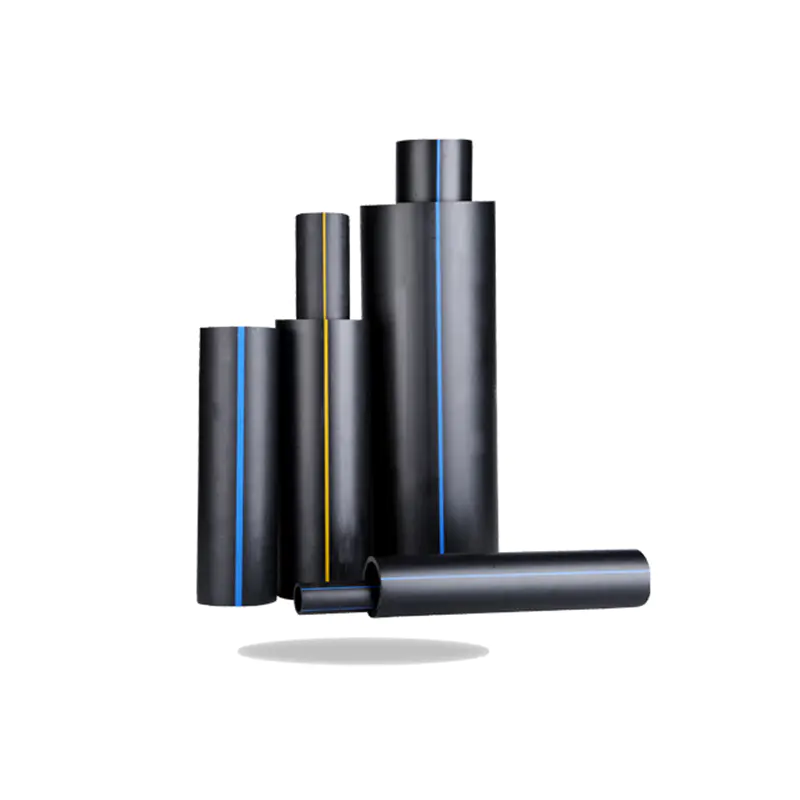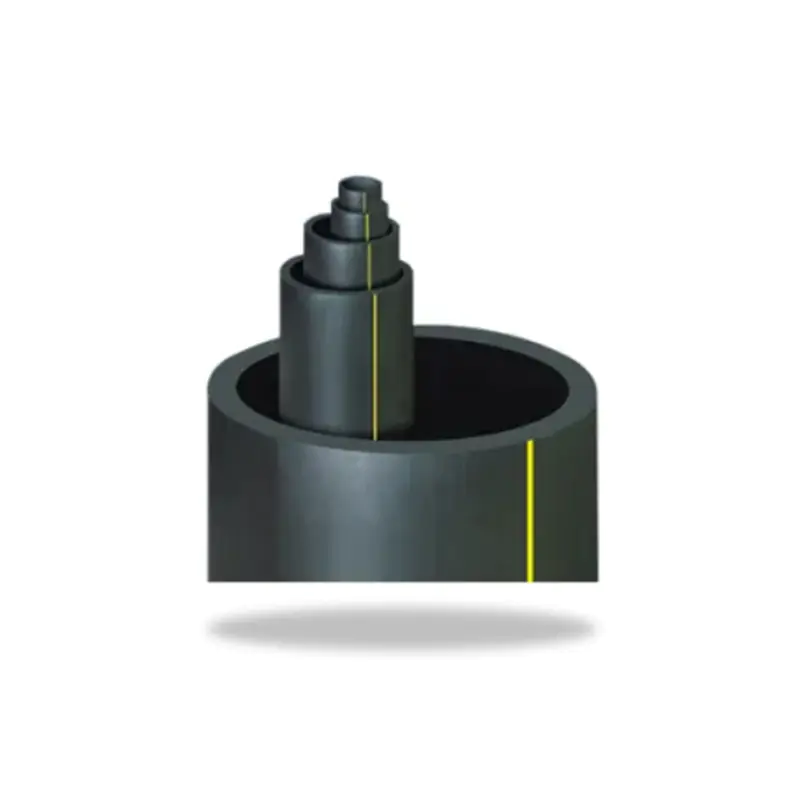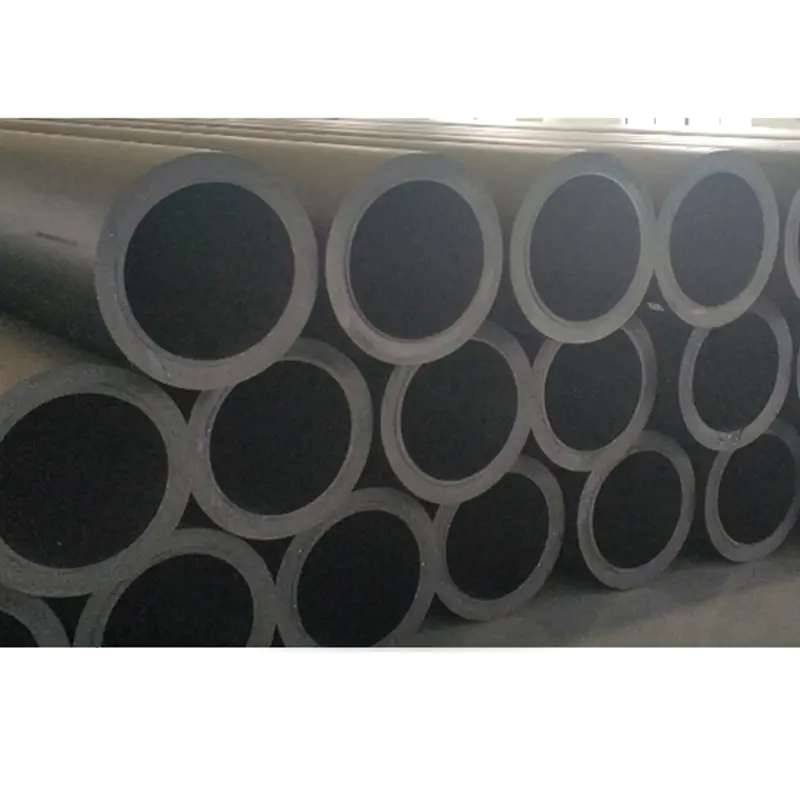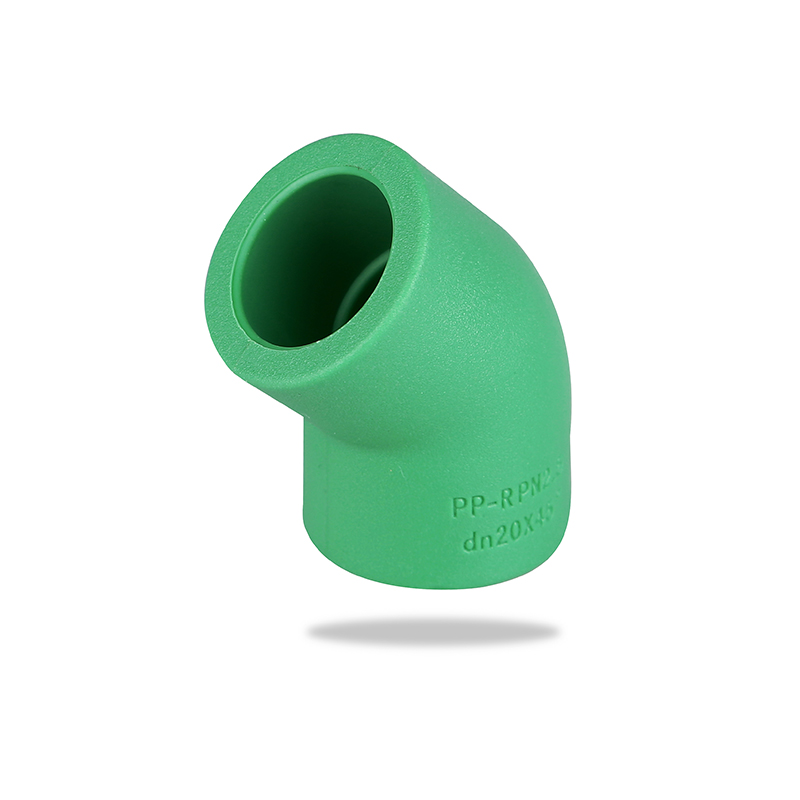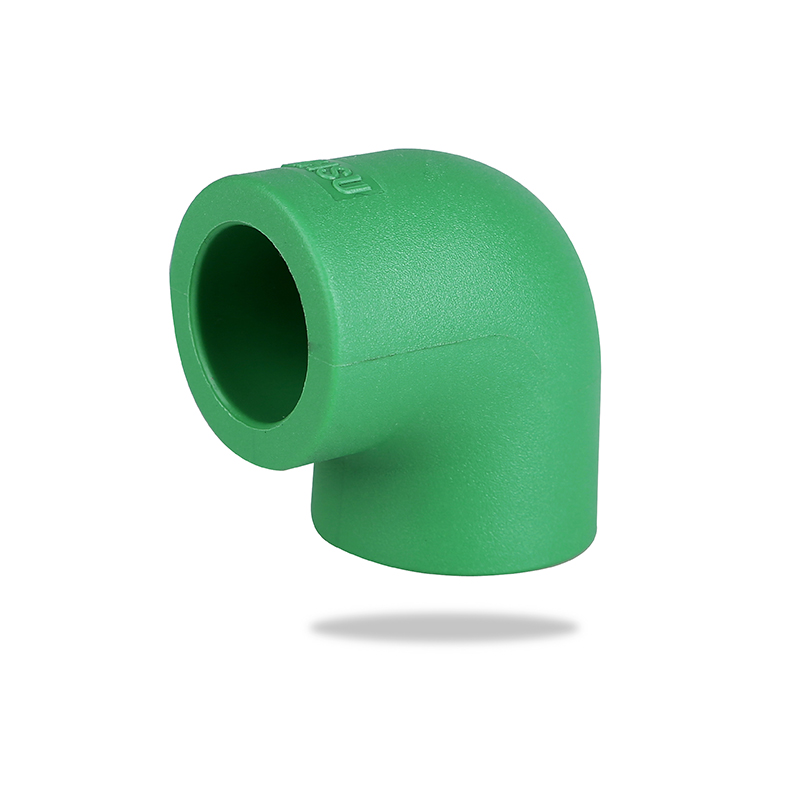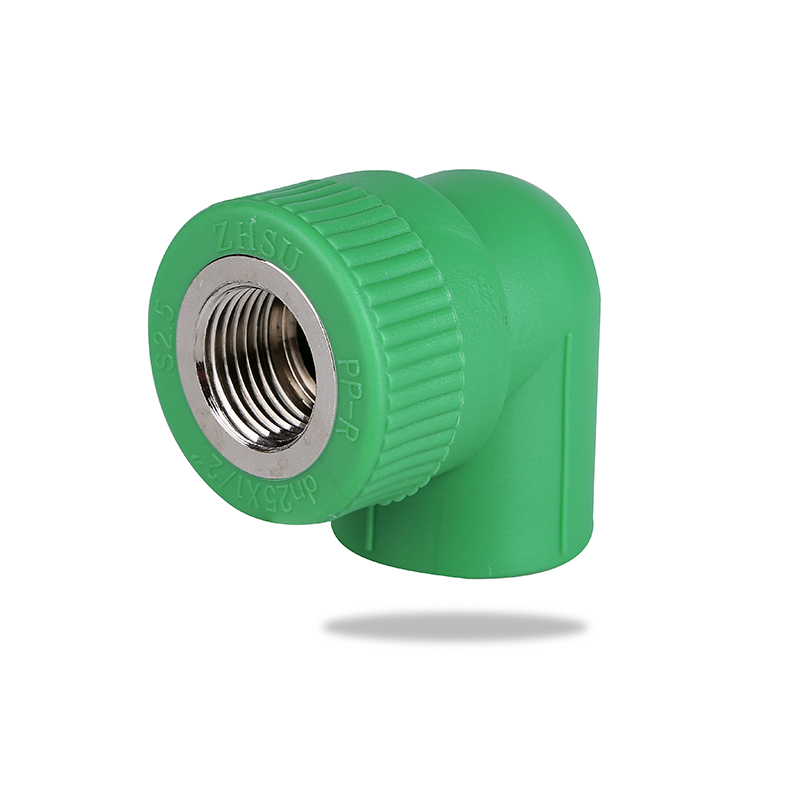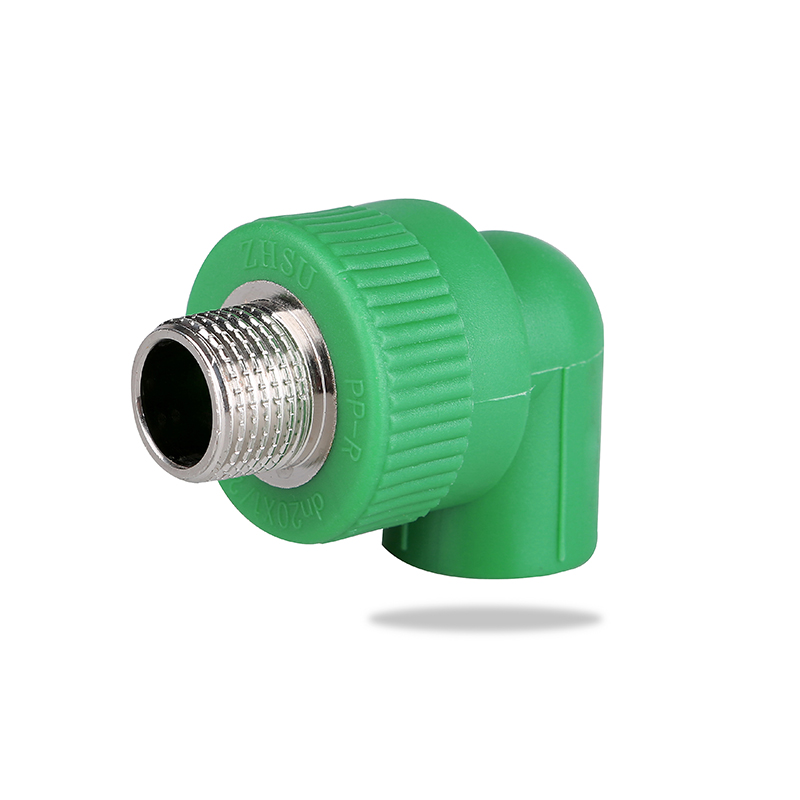The PPR Cross is a four-way pipe fitting made from Polypropylene Random Copolymer (PPR), designed to connect four pipes together at right angles in a cross or “+” shape. It is a key component in plumbing and piping systems, particularly where fluid distribution or redirection is needed from a single point. Thanks to its durability, chemical resistance, and high-temperature tolerance, the PPR Cross is widely used across residential, commercial, agricultural, and industrial sectors. In this article, we’ll explore where and why PPR Cross fittings are used, and what makes them such a reliable choice in global piping systems.
What Is a PPR Cross?
Before diving into applications, let’s briefly define it. A PPR Cross fitting connects four PPR pipes together—one inlet and three outlets, or vice versa—typically at 90-degree angles. It is used to branch a pipeline in two perpendicular directions or to connect multiple flow paths within a water or fluid system.
Key Advantages That Support Its Applications
The reason PPR Cross is used in so many systems is due to the inherent qualities of PPR material:
High temperature resistance (up to 95°C in continuous use)
Corrosion and chemical resistance
Long service life (up to 50 years under proper conditions)
Non-toxic and safe for drinking water
Low thermal conductivity
Strong welding compatibility
Where Is PPR Cross Commonly Used?
1. Residential Plumbing Systems
In residential buildings, PPR Cross fittings are commonly used to distribute hot and cold water across multiple bathrooms, kitchens, or utility areas. For example:
Splitting a main water line into two or three directions (e.g., kitchen + bathroom + laundry)
Distributing water to multiple floors or sections of a house
Connecting water heaters to different points of use
Because PPR is safe for potable (drinking) water, it is a preferred material for household water supply systems in countries across Europe, Asia, and the Middle East.
2. Commercial Buildings and Public Infrastructure
In larger buildings such as hotels, hospitals, schools, shopping malls, or office complexes, PPR Cross fittings help create complex, multi-branch piping networks that ensure:
Equal pressure distribution
Efficient hot and cold water circulation
Reliable connection of sanitary equipment (toilets, basins, kitchens, etc.)
The ability of PPR Cross to resist high pressure and continuous use makes it ideal for commercial settings with heavy daily usage.
3. HVAC and Heating Systems
PPR Cross fittings are used in hydronic heating systems (radiator or floor heating), where heated water needs to be distributed from a central boiler to multiple zones. The cross fitting allows:
Simultaneous connection of supply and return pipes
Distribution to multiple heat zones
Integration of manifolds or control valves
Because PPR can handle high temperatures and offers excellent thermal insulation, it minimizes heat loss during water circulation.
4. Agricultural Irrigation Systems
In agriculture, PPR Cross fittings are used in irrigation pipelines for:
Dividing water flow to multiple greenhouses or planting zones
Connecting fertilizer distribution lines to the main supply
Building networked drip irrigation systems
Farmers prefer PPR for its UV resistance, chemical resistance, and ability to handle pressure fluctuations caused by pumps or valves.
5. Industrial Water and Chemical Piping
In industrial settings such as factories, processing plants, or chemical facilities, PPR Cross fittings are used in:
Process water distribution
Cooling and heating water loops
Non-aggressive chemical transport pipelines
Due to its corrosion resistance, PPR is an excellent alternative to metal pipes, especially in humid, corrosive, or chemical-rich environments. Cross fittings allow for multi-point distribution or fluid redirection, which is often needed in automated or large-scale systems.
6. Rainwater Harvesting and Filtration Systems
In eco-friendly building designs or rural areas, PPR Cross is used in rainwater harvesting systems where the collected water must be:
Split into multiple storage tanks
Filtered through different stages
Redistributed to toilets, irrigation, or cleaning points
Its non-reactive nature makes it suitable for handling untreated or slightly contaminated water without degrading.
7. Compressed Air and Gas Systems
Though less common than water applications, PPR Cross can also be used in compressed air or low-pressure gas pipelines, particularly in garages, workshops, and industrial settings. Its resistance to moisture and internal smoothness helps reduce friction loss in air systems.
Installation and Maintenance Notes
PPR Cross fittings are installed using thermal fusion welding, which creates a leak-proof, homogenous joint.
Proper alignment during installation is important to avoid stress at the joints.
Regular inspection in high-pressure systems is advised, though PPR is relatively low-maintenance.
Summary of Common Use Cases for PPR Cross
| Sector | Application Example |
| Residential | Branching hot/cold water to bathrooms and kitchens |
| Commercial | Multi-point plumbing in hotels or office buildings |
| HVAC/Heating | Radiator or floor heating zone control |
| Agriculture | Drip irrigation, fertilizer distribution |
| Industrial | Water and non-corrosive chemical processing |
| Eco-Building | Rainwater harvesting and reuse systems |
| Light Industrial | Air compression or low-pressure gas routing |
The PPR Cross fitting is a vital connector in modern piping systems, offering flexibility and reliability in distributing water, heat, air, or chemicals across complex networks. Thanks to the excellent mechanical and thermal properties of PPR, it has found a place in homes, commercial buildings, agriculture, and industrial setups around the world. Whether you’re a plumber, contractor, or systems designer, the PPR Cross is a simple yet powerful component that plays a key role in ensuring fluid distribution is efficient, leak-free, and long-lasting.
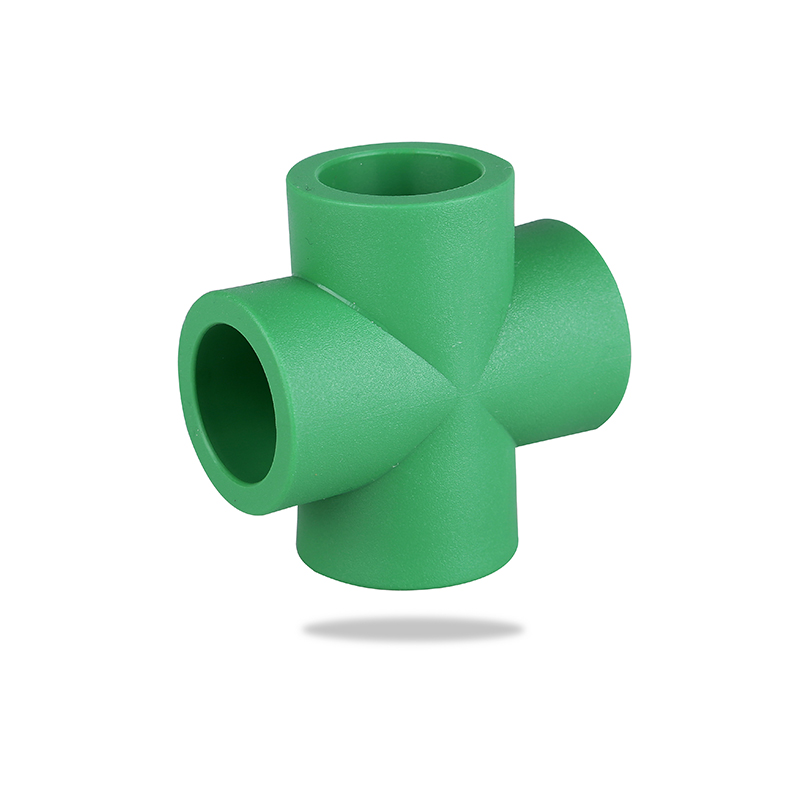

 简体中文
简体中文 English
English русский
русский Español
Español Français
Français عربى
عربى Português
Português 日本語
日本語 italiano
italiano Nederlands
Nederlands Polskie
Polskie
